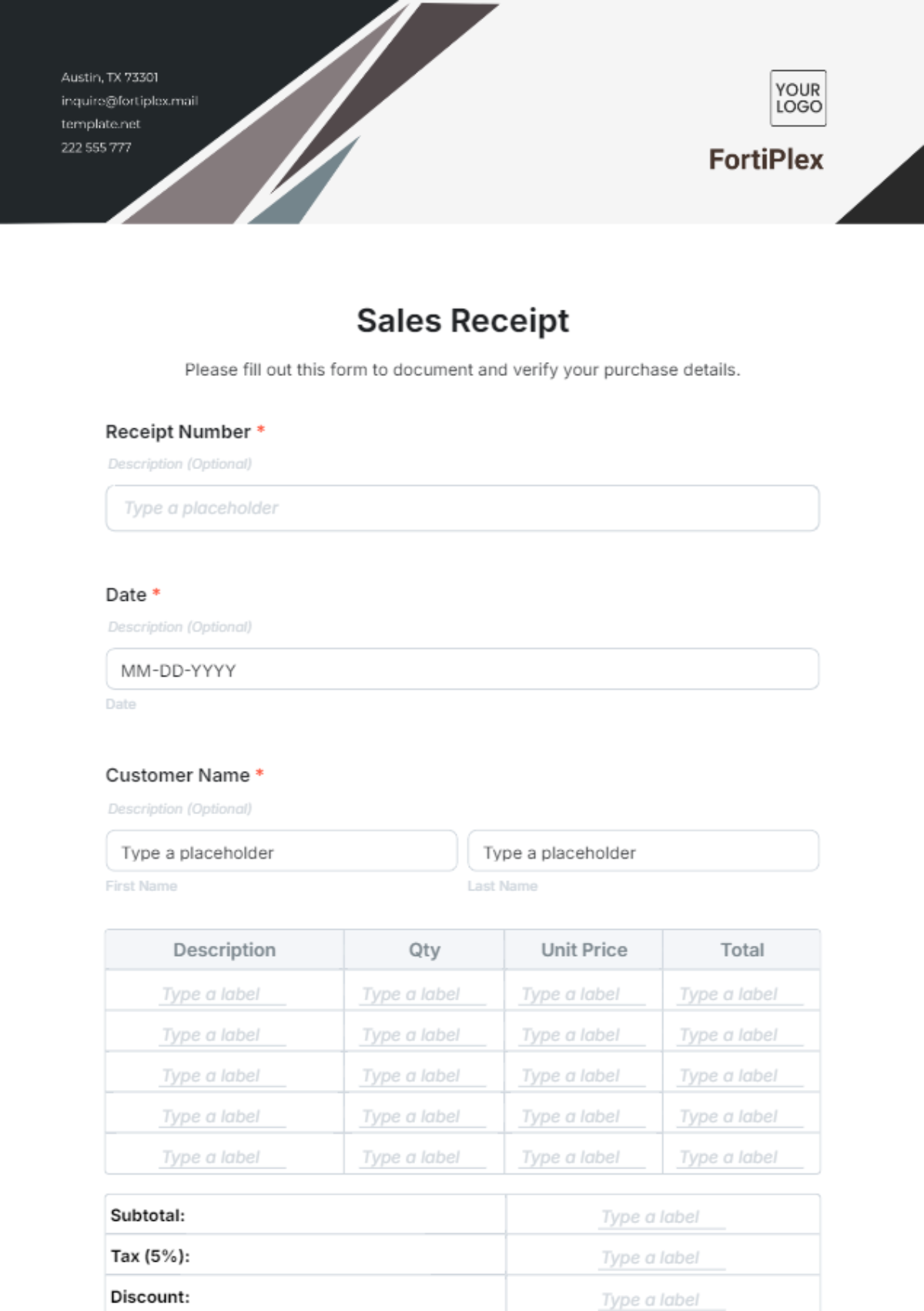Sales Curriculum for Advanced Analytics
Course Title: Advanced Analytics For Sales Excellence
Week 1: Introduction To Advanced Analytics In Sales
In Week 1, we embark on our journey to explore the power of advanced analytics in the world of sales. This week lays the foundation for the course by introducing you to the fundamental concepts and significance of utilizing data-driven strategies in sales. We will dive into the various ways in which advanced analytics can revolutionize the sales process, enabling you to make informed decisions and achieve superior results.
Module | Topics Covered | Assignment |
Module 1: Understanding the Role of Data in Sales |
|
|
Module 2: Importance of Advanced Analytics in Modern Sales Strategies |
|
|
Week 1 Assignment Instructions
For Module 1, select a company of your choice that has effectively implemented advanced analytics in its sales operations. Research and provide a detailed report on the impact of advanced analytics on their sales performance. Be prepared to discuss your findings in our upcoming class.
For Module 2, critically assess your current sales strategies and contemplate the ways in which advanced analytics might enhance your approach. Share your insights during our next session.
Week 2: Data Collection And Preparation
In this week, participants will dive into the crucial foundation of data collection and preparation, ensuring that they have high-quality data for meaningful analytics. They will learn various methods to collect, clean, and preprocess data, setting the stage for more advanced analysis in the following weeks.
Module | Topic | Learning Objectives |
Module 3 | Data Sources and Collection Methods |
|
Module 4 | Data Cleaning and Preprocessing Techniques |
|
Assignment | Real-World Data Collection and Cleaning |
|
Participants will gain practical experience by working with a real-world dataset, applying data collection and cleaning techniques learned during the week. This hands-on assignment will reinforce their understanding and set the stage for more advanced analytics in the subsequent weeks.
Week 3: Statistical Foundations For Sales Analytics
In Week 3, we delve into the essential statistical concepts and tools that form the backbone of advanced analytics in sales. This foundational knowledge equips you with the skills necessary to analyze sales data effectively and draw valuable insights.
Module | Topic | Learning Objectives |
Module 5 | Descriptive Statistics in Sales
| Understand key descriptive statistical measures. |
Module 6 | Inferential Statistics for Sales Insights
| Comprehend inferential statistics in sales. |
Assignment For Week 3
Assignment 1: Analyze a provided dataset of sales transactions and calculate key descriptive statistics, including mean, median, and standard deviation for relevant variables. Create visual representations of the data distribution.
Assignment 2: Formulate a hypothesis based on the provided sales data and conduct hypothesis testing to draw sales-related conclusions. Calculate confidence intervals for sales metrics and discuss their implications in real-world sales scenarios.
Week 4: Predictive Analytics For Sales Forecasting
This week, we delve into the fascinating world of predictive analytics, an essential component of modern sales strategies. Predictive analytics empowers sales professionals to anticipate future trends and customer behaviors, enabling more accurate and proactive decision-making.
Module | Topic |
Module 7 | Regression Analysis for Sales Predictions |
Module 8 | Time Series Forecasting Techniques |
Module 7: Regression Analysis For Sales Predictions
In Module 7, we explore regression analysis, a powerful method for understanding the relationships between variables and making predictions. This technique allows you to model the impact of various factors on sales performance, making it a valuable tool for forecasting.
Linear Regression: Understand the basics of linear regression and its application in predicting sales outcomes.
Multiple Regression: Dive deeper into multiple regression analysis to account for multiple influencing factors.
Case Study: Analyze a real-world sales dataset and create a predictive model using regression analysis.
Module 8: Time Series Forecasting Techniques
Module 8 introduces time series forecasting, an indispensable skill for sales professionals dealing with data that evolves over time. By the end of this module, you'll be equipped to forecast future sales based on historical patterns and trends.
Time Series Components: Learn about the various components of time series data and how to analyze them.
Methods For Time Series Forecasting: Explore different methods, including moving averages, exponential smoothing, and ARIMA models.
Hands-On Practice: Apply time series forecasting to historical sales data and evaluate forecast accuracy.
Week 5: Customer Segmentation And Targeting
This week, we delve into the critical aspect of customer segmentation and targeting. Effective customer segmentation can significantly improve the efficiency of sales strategies, allowing you to tailor your approach to the unique needs and preferences of different customer groups. Here's an overview of the modules and a sample table to help illustrate key concepts:
Module | Topic | Description |
5.1 | Understanding Customer Segmentation | Explore the fundamentals of customer segmentation and why it's essential for sales success. |
5.2 | Demographic and Geographic Segmentation | Learn how to segment customers based on demographic and geographic factors. |
5.3 | Psychographic and Behavioral Segmentation | Understand psychographic and behavioral segmentation for personalized marketing strategies. |
5.4 | Data-Driven Customer Segmentation | Dive into the role of data in creating data-driven customer segments. |
5.5 | Targeted Sales Strategies | Develop strategies for targeting each customer segment effectively. |
5.6 | Case Studies | Examine real-world case studies of successful customer segmentation and targeting in sales. |
Assignment | Customer Segmentation Project | Apply the concepts learned by segmenting a provided dataset and proposing tailored sales approaches. |
Week 6: Sales Performance Analysis
In Week 6, participants will delve into the heart of sales performance analysis, gaining the skills to interpret and make informed decisions based on historical sales data. This module is a critical cornerstone in driving data-driven sales strategies.
Module 11: Analyzing Historical Sales Data
Understanding Key Performance Indicators (KPIs) In Sales
Learn about essential sales metrics, such as Conversion Rate, Average Deal Size, and Sales Cycle Length.
Discover how to calculate and interpret KPIs for actionable insights.
Sales Trend Analysis
Identify trends and patterns in historical sales data.
Recognize the impact of seasonality, market trends, and external factors on sales performance.
Sales Performance Metrics Analysis
Metric | Calculation Method | Interpretation |
Conversion Rate | (Number of Conversions / Number of Leads) x 100% | A high conversion rate may indicate effective lead nurturing. |
Average Deal Size | Total Sales Revenue / Number of Deals Closed | An increase in average deal size can boost overall revenue. |
Sales Cycle Length | (Total Time Spent on Sales / Number of Closed Deals) | Shortening the sales cycle can improve efficiency. |
Module 12: Evaluating Sales Strategy Effectiveness
Performance Metrics Alignment
Align sales strategies with specific KPIs to measure success.
Evaluate how well your current strategies align with your sales objectives.
Data-Driven Decision-Making
Harness data insights to make informed decisions.
Explore case studies of companies that leveraged data for improved sales performance.
Week 7: Sales Funnel Analysis And Conversion Optimization
In Week 7, we delve into the critical aspects of analyzing the sales funnel and implementing strategies to optimize conversions. Understanding the customer journey and where potential bottlenecks occur is fundamental to boosting sales performance.
Module 13: Understanding The Sales Funnel
Module Objectives: Explore the concept of the sales funnel, its stages, and its role in the sales process.
Topics Covered:
Definition and structure of the sales funnel.
Key stages: Awareness, Interest, Decision, and Action (AIDA).
Mapping the customer journey.
Practical Exercise: Create a visual representation of a sales funnel for a sample product or service.
Module 14: Conversion Rate Optimization Strategies
Module Objectives: Discover effective strategies to improve conversion rates at each stage of the funnel.
Topics Covered:
Identifying conversion rate bottlenecks.
A/B testing and multivariate testing.
Personalization and targeting techniques.
Implementing persuasive copy and compelling calls to action (CTAs).
Case Study: Analyze a real-world sales funnel and propose conversion rate optimization strategies.
Conversion Rate Optimization Techniques Table
Technique | Description | Application |
A/B Testing | Compare two versions to determine which performs better. | Landing pages, email CTAs. |
Personalization | Tailors content to individual customer preferences. | E-commerce product recommendations. |
Multivariate Testing | Tests multiple elements to find the most effective combination. | Website layout, product bundles. |
Copy Optimization | Creates persuasive copy to address customer pain points. | Ad copy, product descriptions. |
CTA Enhancement | Designs compelling CTAs for higher click-through rates. | Button design, text, placement. |
Remarketing | Targets interested customers with follow-up ads. | Display ads, email remarketing. |
Mobile Optimization | Ensures user-friendly mobile experiences. | Mobile websites and apps. |
Week 8: Customer Lifetime Value (CLV) And Retention Strategies
Module 15: Calculating And Utilizing Customer Lifetime Value (CLV)
Learn how to compute the CLV metric to assess the long-term value of customers to your business.
Understand the practical applications of CLV in pricing, marketing, and resource allocation.
Module 16: Strategies For Increasing CLV Through Analytics
Explore strategies to enhance CLV by leveraging data-driven insights.
Discuss how CLV informs customer retention efforts and fosters brand loyalty.
Assignment: Maximizing Customer Value
Calculate the CLV for a sample of customers and propose data-driven strategies to increase their long-term value to the company.
Week 9: Sales Analytics Tools And Software
Module 17: Exploring Sales Analytics Software
Dive into the world of sales analytics tools. Learn about popular software platforms and their capabilities in transforming raw sales data into actionable insights.
Module 18: Custom Analytics Solutions
Understand the power of customization. Discover how to build tailored sales analytics solutions to address unique business needs and challenges.
Assignment: Choose a sales analytics tool of your preference and create a customized sales dashboard. Present your dashboard's key features and demonstrate its practical application in sales decision-making.
Week 10: Data Visualization For Sales Insights
Module 19: Effective Data Visualization Techniques
Explore the art and science of visualizing sales data, uncovering the power of visuals in conveying complex information.
Module 20: Crafting Sales Dashboards
Learn to create dynamic and engaging sales dashboards that transform raw numbers into actionable insights, making data-driven decisions more accessible and impactful.
Assignment: Hands-on creation of a comprehensive sales dashboard, combining various data visualization techniques to communicate sales performance in an engaging and informative manner.















































